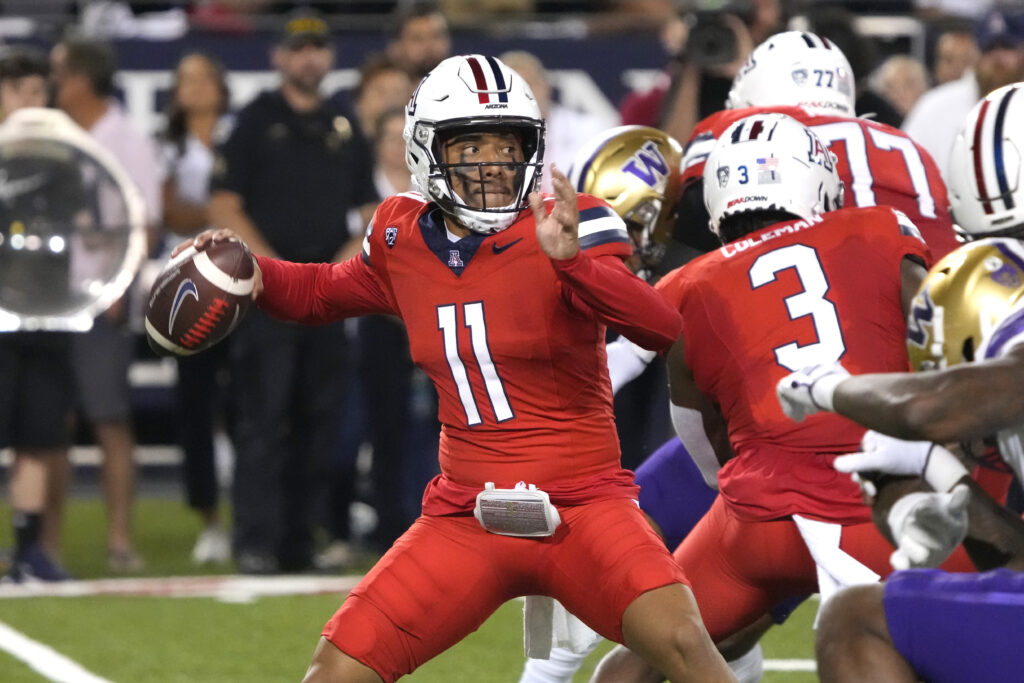The final Pac-12 football season (as we know it) not only lived up to expectations, it thumped expectations. It broke open a close game in the third quarter and beat expectations by multiple touchdowns.
The conference placed a team in the College Football Playoff and two teams in the New Year’s Six bowl lineup. It produced two Heisman Trophy finalists and the AP Coach of the Year (Washington’s Kalen DeBoer), generated a winning record against Power Five opponents and won more bowl games than it lost.
In other words, the Pac-12 is leaving the college football stage on top after 108 years of competition.
Collectively, the conference deserves an A+ for its showing in 2023. But what about the individual teams?
The following grades are based on performance relative to expectations. To our expectations. To expectations that took into account personnel, schedules, circumstances and program potential. Two teams can have the same record but receive different grades.
Here we go …
Arizona
Record: 10-3/7-2
Grade: A+
Comment: A stellar season by any measure but particularly given the state of affairs in Tucson just two years ago, when the Wildcats occupied the Pac-12 cellar and managed a single victory. We can’t help but wonder what fate awaited Arizona if the injury to quarterback Jayden de Laura hadn’t cleared a path for Noah Fifita to transform the season (and the program). That said, every major upside surprise in college football is touched in some fashion by the football gods. And just think: Two of the Wildcats’ losses were in overtime (Mississippi State and USC). They were thisclose to 12-1.
Arizona State
Record: 3-9/2-7
Grade: C+
Comment: Our modest expectations for ASU’s first season under Kenny Dillingham were tossed into the dumpster on Aug. 27, when the school self-imposed a bowl ban and Dillingham’s challenge turned nothing less than Herculean. Add the psychological damage from that decision to the inherently flawed roster and a barrage of injuries — it only felt like ASU used nine different starting quarterbacks — and the ingredients were in place for a season spent in the gutter. Yet the Sun Devils managed two wins and were oh-so-close in several other games. Not bad under the circumstances. Not bad at all.
Cal
Record: 6-7/4-5
Grade: B-
Comment: Cal’s trajectory finally turned positive in November after almost four years in negative territory. (No program was hit harder by, or needed more time to recover from, the pandemic.) That upturn was due, in large part, to the emergence of freshman quarterback Fernando Mendoza, whose play down the stretch propelled the Bears into the postseason for the first time since 2019. Details aside, the endgame is what matters. And coach Justin Wilcox’s program outperformed our expectations by a whisker. In the grand scheme, however, the program’s ceiling appears lower than most.
Colorado
Record: 4-8/1-8
Grade: C
Comment: The Hotline pegged CU for four or five victories before the season began, held to that conviction during the pulsating September and is using that standard as the basis for judgment here. Despite the unprecedented roster overhaul, first-year coach Deion Sanders never possessed the personnel required on the offensive and defensive lines to win regularly in a loaded conference. And those three wins outside the Pac-12 that created ridiculous expectations? TCU, Nebraska and Colorado State all finished with 5-7 records. Push the pomp aside, and there wasn’t much substance to Colorado’s season.
Oregon
Record: 12-2/8-1
Grade: A-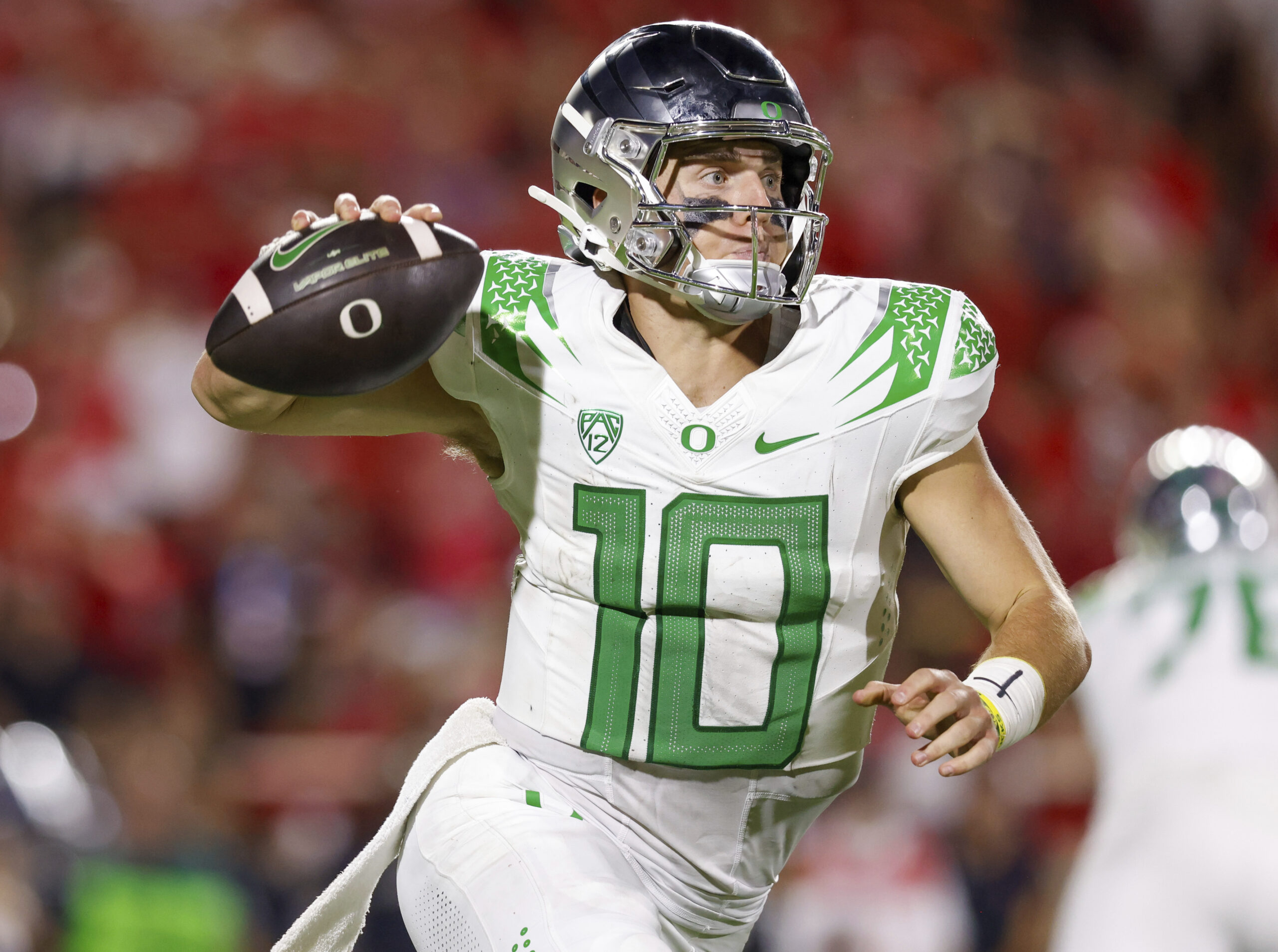
Comment: One of the top eight teams in the country was merely the second-best team in its own conference. We can quibble with some of the playcalling in the first Washington showdown, but it’s difficult to find fault with any aspect of Oregon’s performance from the first game to the last. The Ducks obliterated most opponents and lost two games by three points to a team playing for the national title. In fact, they were better than we expected, particularly on defense. Bottom line: Nine years out of 10, this Oregon team would have been good enough to win the conference. The timing was all wrong.
Oregon State
Record: 8-5/5-4
Grade: B
Comment: The Beavers essentially experienced two seasons in one. It’s just that the first spanned 10 games while the other covered just three. Think back to the middle of November: Oregon State was 8-2, ranked 11th (by the CFP) and gearing up for the two biggest games of the season. Then a few plays went haywire during a monsoon, OSU lost to Washington by two points, coach Jonathan Smith fled for Michigan State, the quarterbacks departed, the bowl game turned ugly and the lasting taste from the season isn’t bitter so much as pungent. What a season the last five months have been for OSU, on the field and off.
Stanford
Record: 3-9/2-7
Grade: C-
Comment: Yes, the Cardinal should have won four games — the Week 3 loss to Sacramento State was inexcusable — but the specifics matter little. Stanford’s roster simply was not equipped to compete for a bowl berth, especially along the lines of scrimmage. In many ways, coach Troy Taylor’s first year resembled the rebuilding effort Jim Harbaugh undertook back in 2007. That recovery took three seasons; this one might require more time as external forces (the transfer portal, NIL, etc.) work against the core institutional values. We were impressed with Taylor and his staff, but the task ahead is mammoth.
UCLA
Record: 8-5/4-5
Grade: C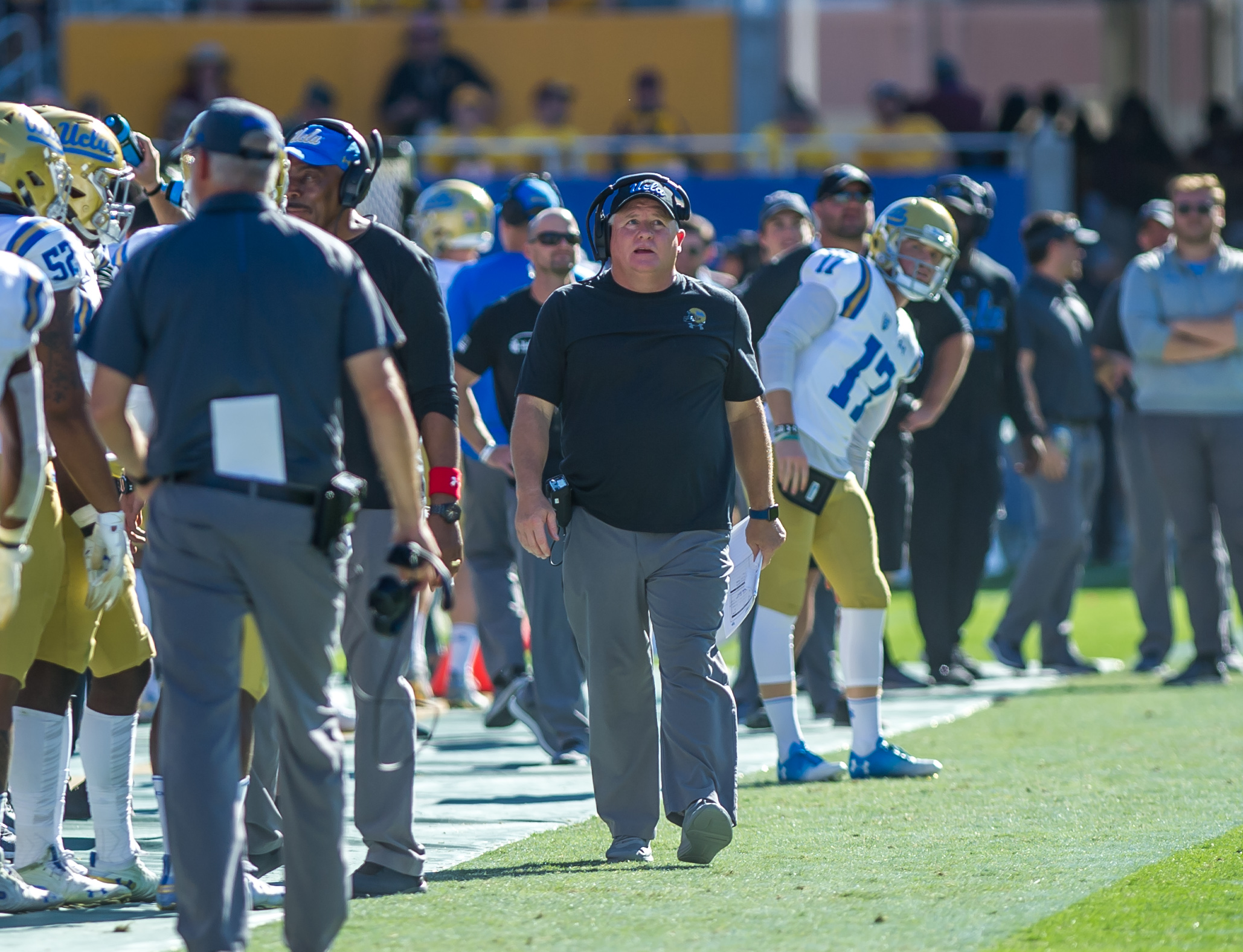
Comment: Admittedly, we did not expect UCLA’s defense to emerge as one of the Pac-12’s best or the offense to scuttle consistently across three months. (When you have three quarterbacks, you have no quarterbacks.) But the broad trajectory of Chip Kelly’s sixth season was easy to see coming. For the second consecutive year, the soft September schedule masked an underlying mediocrity that became visible during the November downturn. Nor was it lost on the Hotline that both Arizona and Washington, which finished multiple games behind UCLA just two years ago, have zoomed past the Bruins.
USC
Record: 8-5/5-4
Grade: F
Comment: Even though our expectations were modest — the Hotline picked USC to finish third in the conference race (behind UW and Utah) — there was nothing positive about Year 2 of the Lincoln Riley era. The defense was awful, the offense was less than elite and the Trojans failed to win a conference championship, much less the national version, with a generational talent at quarterback (Caleb Williams). Many programs would love for eight wins and a Holiday Bowl trophy to be considered a disappointing season. But USC is not most programs, Riley is not most coaches, and 2023 was an abject failure.
Utah
Record: 8-5/5-4
Grade: B+ 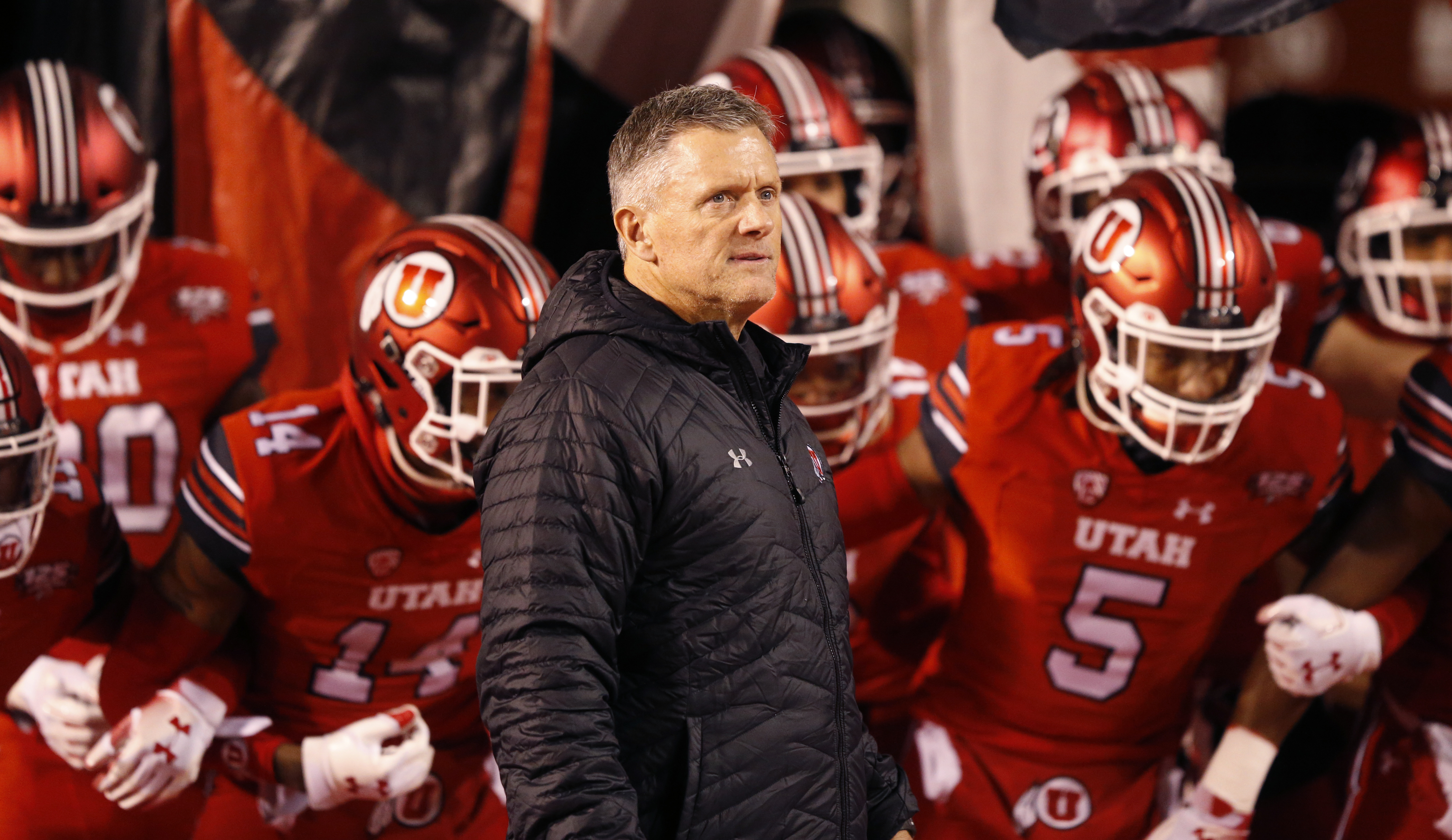
Comment: No team in the conference is more difficult to assess. Yes, the two-time defending champs went in reverse with a mid-level finish and a slew of bad losses (Oregon, Arizona, the Las Vegas Bowl against Northwestern). But no team was hit harder by injuries to high-level players on both sides of the ball — especially at quarterback, where star Cam Rising never set foot on the field. Let’s reframe the situation: Had the Hotline been privy to the injuries prior to the season, we would have pegged Utah for a sub-.500 record. But Kyle Whittingham somehow coaxed eight wins out of the battered group.
Washington
Record: 14-0/9-0
Grade: A+
Comment: A mere two years and six weeks after Washington State players drove Ol’ Crimson into the Husky Stadium turf to celebrate an Apple Cup wipeout, Washington is on the precipice of the national championship. Regardless of what happens Monday night in Houston, the turnaround on Montlake has unfolded at warp speed and on the knife’s edge: Eight of UW’s victories this season are by a touchdown or less. The offense has been sensational more often than not, and quarterback Michael Penix Jr. has made every big play. But the story is the defense, which has repeatedly risen to the occasion.
Washington State
Record: 5-7/2-7
Grade: C-
Comment: The Cougars finished in the expected victory range … if that range was established prior to the season. Had you instead set a benchmark for WSU at the end of September, when the ‘Pac-2’ generated so much attention, then everything that followed would have been considered a colossal disappointment. After the opening month, the Cougars were 4-0 with two wins over ranked opponents and an apparent lock on a postseason berth. Then came a massive regression on offense, a six-game losing streak, and, eventually, the program’s first season without a bowl game (in a non-COVID year) since 2014.
*** Send suggestions, comments and tips (confidentiality guaranteed) to pac12hotline@bayareanewsgroup.
*** Follow me on Twitter: @WilnerHotline
*** Pac-12 Hotline is not endorsed or sponsored by the Pac-12 Conference, and the views expressed herein do not necessarily reflect the views of the Conference.
Related posts:

(AP Photo/Ralph Freso, File)
Wilner Hotline: Sun Devils Missing in Action, Week 10 Pac-12 Picks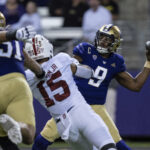
(AP Photo/Stephen Brashear)
Pac-12 power ratings: USC, Washington hold clear advantage in the schedule ‘misses’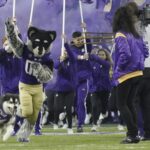
Harry, the Washington Huskies mascot. (AP Photo/Ted S. Warren)
Pac-12 bowl projections: Washington on track for CFP as Oregon has a Fiesta look; WSU to the Holiday
Southern California wide receiver Zachariah Branch (1) (AP Photo/Jae C. Hong)
Pac-12 picks: Washington’s history of desert doom in spotlight as Huskies visit TucsonJon Wilner
Jon Wilner has been covering college sports for decades and is an AP top-25 football and basketball voter as well as a Heisman Trophy voter. He was named Beat Writer of the Year in 2013 by the Football Writers Association of America for his coverage of the Pac-12, won first place for feature writing in 2016 in the Associated Press Sports Editors writing contest and is a five-time APSE honoree.
